The Crucifixion window depicts the death of Jesus and is opposite The Nativity window in the cathedral. This highlights the contrast and anguish of the two events.
Wealthy Birmingham resident and cathedral congregation member ,Emma Chadwick Villers-Wilkes paid for both these windows in memory of her late brother.She requested that there should be no blood in the scene of Christ’s death.
Explore the scene

Jesus on the cross
In the centre of the window, Christ hangs lifeless from the cross. He wears a crown of thorns, and the letters INRI can be seen above his head. These are the initials of the Latin words which Pontius Pilate used in Jesus’ sentencing. In English, the words mean Jesus of Nazareth, King of the Jews. The glass is cleverly used to show the chest of Christ is in disarray in place of any blood being shown. This is quite abstract compared to most other pre-Raphaelite art. There are delicate floral patterns on Christ’s halo and loincloth.
Mary mother of Jesus
Mary, the grieving mother of Jesus gazes upwards towards her son. She wears a delicately patterned blue dress and her head is framed with a red halo. A second woman in a white veil provides comfort. A third supports the second and holds a piece of brown cloth.
Mary Magdalene
Mary Magdalene is kneeling at the foot of the cross, dressed in a peach-coloured robe and cupping her head in her hands in a gesture of deep sorrow.
Apostle John
The disciple John gazes at Christ and presses against the cross. He wears green and has a green patterned halo.
Roman soldier
The Roman soldier standing behind John aims his spear at Christ’s side. A second soldier on the other side directs his lance towards Christ. Emma Villers-Wilkes, who funded the window, specifically requested that there was to be no blood in the scene, but we do see a sea of red banner surrounding Jesus on the cross. The walls of Jerusalem rise above the heads of the onlookers at the back of the scene.
Circular clouds
The circular clouds are thought to represent the heavenly realm, and can also be found in The Ascension window.
See a 3D model of the window
The original cartoon vs the finished window


Follow @DivineBeautyBhm
#DivineBeautyProject
Divine Beauty is generously supported by National Lottery players, via The National Lottery Heritage Fund.
















